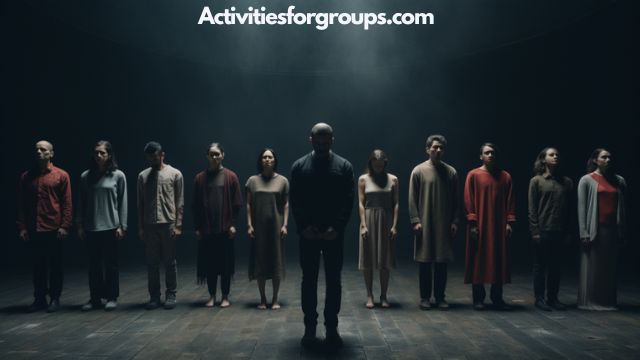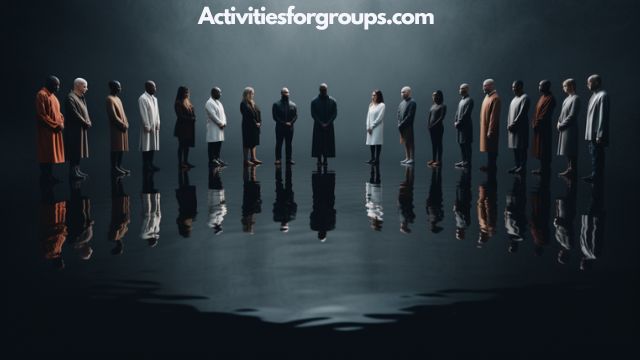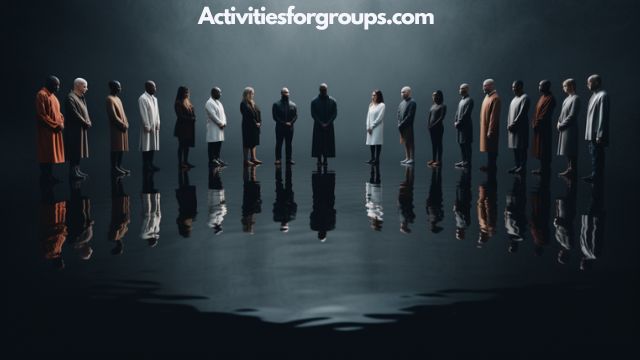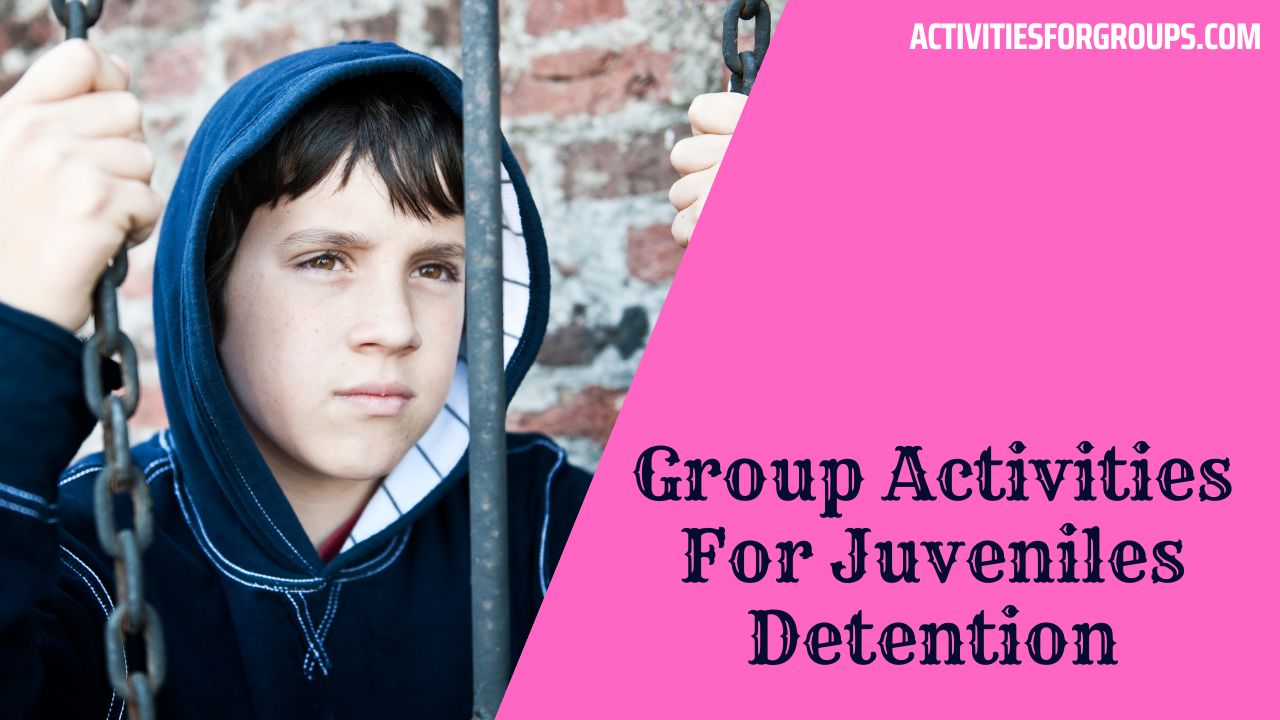Are you looking for an effective way to create collaboration in the workplace?
Group activities can be just the thing! They allow team members to get to know each other better, practice their communication skills, and work together to find creative solutions.
From problem-solving games to cooperative tasks, there are a variety of group activities that can help foster collaboration.
Keep reading to learn more about how group activities can benefit your team and tips for creating successful group sessions.

Benefits of Group Activities
You can experience great benefits from participating in group activities, so don’t miss out!
Group activities are a great way to foster collaboration and creative brainstorming. Whether it’s a physical gathering or virtual meeting, working together on projects can help break down barriers and encourage productive conversations.
When working in groups, each person brings something unique to the table that helps shape the outcome of the project. This not only allows for more creative solutions but also allows everyone to learn from one another. Furthermore, it builds relationships and trust amongst colleagues over time by creating an environment where everyone is appreciated for their ideas and contributions.
Group activities also provide opportunities for team members to practice communication skills such as active listening, conflict resolution strategies, and problem-solving techniques. Working through challenging tasks together strengthens bonds between employees, which leads to increased morale and better job satisfaction overall.
So don’t be afraid to step outside your comfort zone and engage with your peers – you’ll find that taking part in group activities can have many positive effects!
Types of Group Activities

Group activities are a great way to foster collaboration and bring people together.
Icebreakers, problem-solving games, and team-building exercises can all be used to help engage everyone in the group.
Whether you’re looking for something to help break the ice or an activity that encourages creative thinking, there’s something for everyone when it comes to group activities.
Icebreakers
Ice-breaking activities help foster collaboration by encouraging people to connect and get to know each other quickly. Here are 4 great ways to use them:
- Ask icebreaker questions: Asking fun, creative questions is a great way for people to bond and find common ground.
- Try virtual mingling: Virtual mingling encourages people to chat with different groups in order to build relationships and practice collaboration skills.
- Incorporate team-building exercises: Team-building exercises can help teams work together better as they identify their strengths and weaknesses and learn how best to collaborate with one another.
- Have an open discussion: Having an open discussion allows everyone to share their ideas on how they can work together more effectively, leading to increased collaboration within the group.
Problem-solving Games
Engage in problem-solving games to challenge your team’s thinking and build stronger bonds. Through these activities, people can brainstorm solutions and think outside the box. Here are five ways that problem-solving games can foster collaboration:
| Benefits | Examples |
|---|---|
| Improved Communication Skills | Charades, Acting Out Stories, Hot Seat |
| Increased Problem-Solving Abilities | Spot the Difference, Brain Teasers, Jigsaw Puzzles |
| Enhanced Interpersonal Connections | Team Building Exercises, The Marshmallow Challenge |
| Strengthened Creative Thinking | Scavenger Hunt, Altered Perspectives Game |
| Developed Negotiation Strategies | Trading Cards Game, The Price is Right |
Problem-solving games help teams develop their communication skills, problem-solving abilities and interpersonal connections while also strengthening creative thinking and negotiation strategies. So why not take some time out of your next meeting to give these activities a try?
Team-Building Exercises
Team-building exercises are a great way to have fun and build relationships between teammates! Through team-building activities, peers can coach each other through difficult tasks and develop a shared vision for success.
These exercises build trust, collaboration, and communication within the group. Techniques like brainstorming or decision-making games help groups find innovative solutions to problems while having fun doing it.
Icebreakers are ideal for breaking the ice between new members of a team or even introducing old members to each other in new ways. Whatever type of exercise you choose, they can be used as an effective tool for fostering better collaboration within any workplace.
Tips for Successful Group Activities

Planning ahead and setting clear goals are key to making group activities successful. Before beginning any activity, it’s important to think through the purpose of the exercise and how it will be beneficial for participants.
Brainstorming can also help ensure that everyone is on the same page about what they want to accomplish during the activity.
Role playing can also be a great way to add an interactive element to group activities which encourages collaboration between participants.
| Activity | Benefits | Considerations |
|---|---|---|
| Brainstorming | Generates ideas quickly Deepens understanding of topic Creates ownership among team members | Time consuming Pressure on certain people Ideas may not be fully formed or practical |
| Role Playing | Learn new skills in a fun way Encourages creative thinking Helps build relationships between team members | Requires preparation Can lead to embarrassment if done incorrectly Can take up valuable time if done too long or without direction |
Group activities can foster collaboration when managed properly and given enough thought beforehand.
By understanding the purpose of each activity, ensuring all participants’ voices are heard, and offering feedback throughout the process, these activities can be incredibly powerful tools for bringing teams together and strengthening communication skills. When done right, group activities are often remembered as highlights of any work experience.
Conclusion
You’ve seen how group activities can be used to foster collaboration, from team building exercises to working on projects together.
With a few tips and tricks, you’ll be able to create an effective environment where everyone can work together.
Group activities are a great way to bring people closer and build relationships that will help your team succeed.
So why not give them a try? You won’t regret it!




Leave a Reply